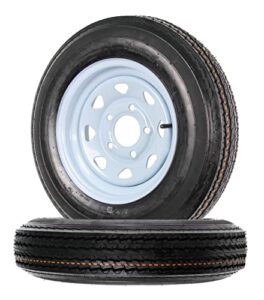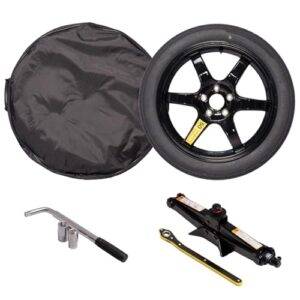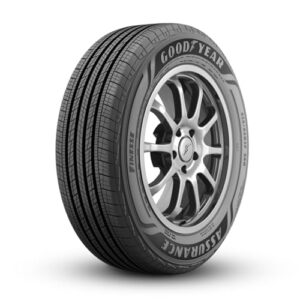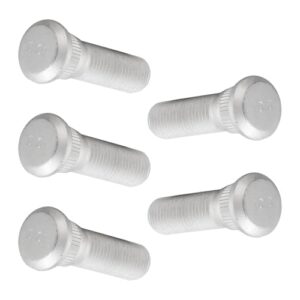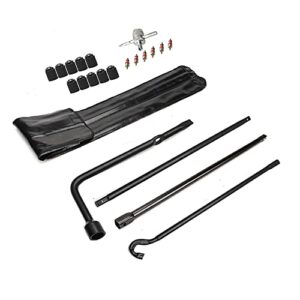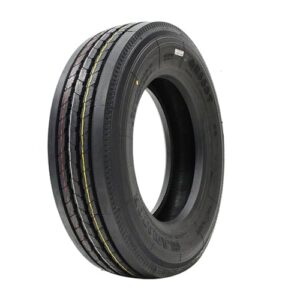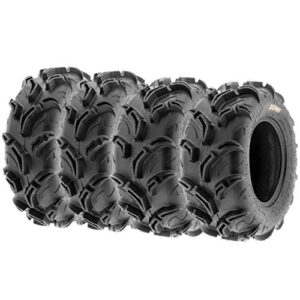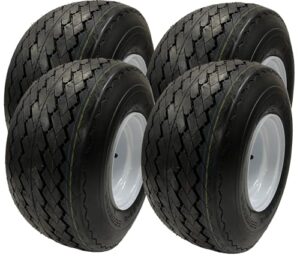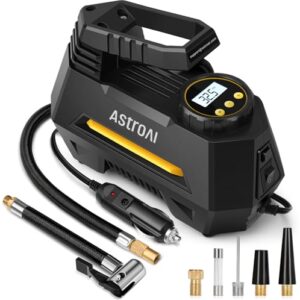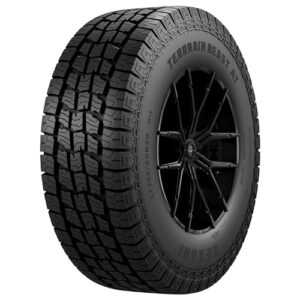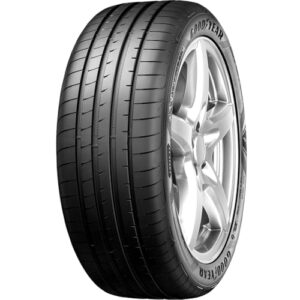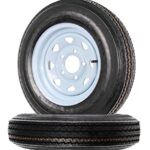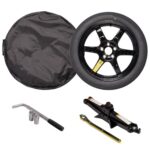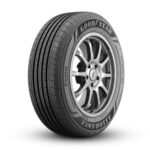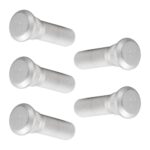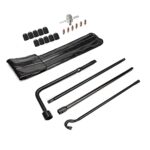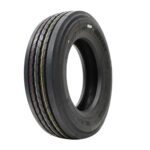To protect tires from dry rot, keep them clean and store them away from sunlight. Regularly check tire pressure and use tire protectants.
Tire dry rot is a common issue that can lead to premature aging and failure of tires. It occurs when tires lose their natural oils, causing them to crack and deteriorate. This condition can be dangerous as it compromises the tire’s integrity, leading to potential blowouts.
Proper maintenance is crucial to extending the life of your tires and ensuring safety on the road. Simple practices like keeping tires clean, shielding them from direct sunlight, and maintaining optimal tire pressure can significantly reduce the risk of dry rot. Investing in quality tire protectants can also add an extra layer of protection.
Causes Of Dry Rot
Understanding the causes of dry rot helps in preventing it. Dry rot can ruin your tires. Different factors cause dry rot. Let’s explore these causes.
Environmental Factors
Environmental factors play a big role in tire dry rot. Sunlight exposure is a major factor. UV rays break down tire rubber. This causes cracks and dry rot.
Temperature changes also affect tires. Extreme heat and cold make the rubber expand and contract. This weakens the tire and leads to dry rot.
Moisture is another factor. Tires stored in damp areas rot faster. Humidity speeds up the process.
| Environmental Factor | Effect on Tires |
|---|---|
| Sunlight | UV rays break down rubber |
| Temperature Changes | Expansion and contraction weaken tires |
| Moisture | Damp areas accelerate rot |
Chemical Exposure
Chemicals can cause dry rot too. Road salt, for example, is harmful. It speeds up tire aging. Other chemicals from cleaning products also damage tires.
Ozone is another enemy. This gas is found in the air. Ozone causes tiny cracks in the rubber. Over time, these cracks turn into dry rot.
Petroleum products, like oil and gasoline, also harm tires. They weaken the rubber and lead to rot.
- Road salt speeds up aging.
- Cleaning chemicals damage rubber.
- Ozone causes cracks.
- Petroleum products weaken tires.

Signs Of Tire Dry Rot
Understanding the signs of tire dry rot is crucial. It helps in maintaining tire health and safety. Dry rot can lead to tire failure. Spotting these signs early can save you from accidents.
Cracks In Sidewalls
One of the first signs of dry rot is cracks in sidewalls. These cracks appear because the rubber loses its elasticity. The cracks can be small at first. Over time, they grow larger and more numerous. Inspect your tires regularly. Look for any cracks or splits. If you see cracks, your tires may have dry rot.
Brittleness And Discoloration
Another sign of dry rot is brittleness and discoloration. Tires affected by dry rot become hard and brittle. They lose their flexibility. You might also notice a change in color. Healthy tires are usually black. Tires with dry rot may turn gray or dull. Press on the tire’s surface. If it feels hard and not springy, dry rot might be present.
| Signs | Description |
|---|---|
| Cracks in Sidewalls | Visible cracks or splits in the tire’s sidewalls. |
| Brittleness | The tire feels hard and inflexible. |
| Discoloration | Tire color changes from black to gray or dull. |
Regular checks can prevent severe damage. Keep an eye out for these signs. Early detection helps in maintaining tire safety.
Regular Tire Maintenance
Regular Tire Maintenance is crucial for extending the life of your tires. One of the biggest threats to tires is dry rot. Dry rot can damage tires and lead to safety issues. Following regular maintenance steps can prevent this problem. Let’s explore some key steps to keep your tires in top shape.
Proper Inflation
Keeping your tires properly inflated is essential. Under-inflated tires can cause uneven wear. Over-inflated tires can lead to blowouts. Both situations can lead to dry rot over time. Check your tire pressure at least once a month. Use a reliable tire gauge for this task. Follow the manufacturer’s guidelines for the correct pressure.
Regular Inspections
Inspect your tires regularly for signs of wear and tear. Look for cracks, bulges, and other damages. These can be early signs of dry rot. Use a flashlight to check the tire tread and sidewalls. If you find any issues, address them immediately.
| Inspection Task | Frequency |
|---|---|
| Check Tire Pressure | Monthly |
| Visual Inspection | Monthly |
| Professional Check | Every 6 Months |
Following these steps can help keep your tires in good condition. Regular maintenance prevents dry rot and other issues. Always prioritize your tire health for a safer drive.
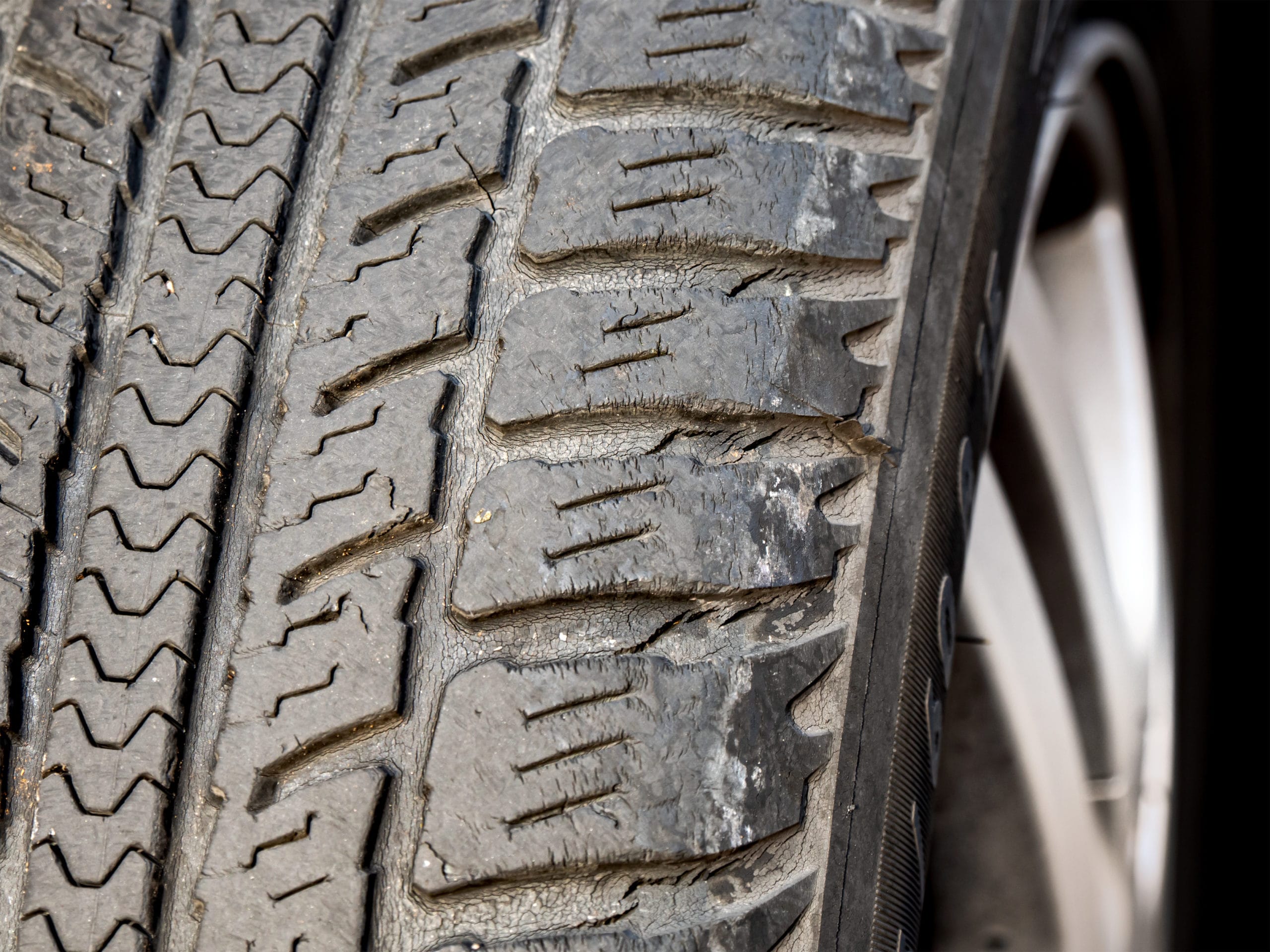
Tire Storage Tips
Proper tire storage extends their life and prevents dry rot. Use these tips to keep your tires in top condition.
Avoid Direct Sunlight
Direct sunlight harms tires. UV rays cause rubber to crack. Store tires in a cool, shaded area.
Consider using a garage or basement. Both provide protection from sunlight. Avoid outdoor storage spots with direct sun exposure.
Use Tire Covers
Tire covers shield tires from dust and moisture. They prevent UV damage and keep tires clean.
Choose covers made from durable materials. Ensure they fit snugly around the tires. This prevents dust and dirt from getting in.
| Storage Tip | Benefit |
|---|---|
| Avoid Direct Sunlight | Prevents UV damage and cracking |
| Use Tire Covers | Shields tires from dust, moisture, and UV rays |
Follow these tips to protect your tires from dry rot. Proper storage ensures longer tire life and better performance.
Cleaning Your Tires
Cleaning your tires is crucial to prevent dry rot. By keeping them clean, you remove harmful substances that can damage rubber. This section will guide you on how to clean your tires effectively and safely.
Safe Cleaning Products
Use mild soap and water for cleaning your tires. Avoid harsh chemicals and solvents. These can damage the rubber. Look for products labeled “safe for rubber”. Avoid petroleum-based cleaners. They can deteriorate the tire material.
Proper Cleaning Techniques
Use a soft brush to scrub your tires. This helps remove dirt and grime. Don’t use a wire brush. It can damage the tire surface.
- Mix mild soap with water in a bucket.
- Dip the soft brush into the soapy water.
- Scrub the tire in a circular motion.
- Rinse the tire with clean water.
- Dry the tire with a clean cloth.
Make sure to clean the tires regularly. This keeps them free from harmful substances. Regular cleaning can extend the life of your tires.
Using Tire Protectants
Protecting your tires from dry rot is essential. One effective way is by using tire protectants. These products help preserve the rubber, keeping it flexible and preventing cracking. Below are key points on choosing the right product and how to apply it properly.
Choosing The Right Product
Not all tire protectants are created equal. Here’s how to choose the best one:
- Look for UV protection. This helps prevent sun damage.
- Select a product that is silicone-free. Silicone can dry out rubber over time.
- Read customer reviews. See what others are saying about the product.
- Check if it is water-based. Water-based products are safer for tires.
| Feature | Importance |
|---|---|
| UV Protection | Prevents sun damage |
| Silicone-free | Prevents rubber drying |
| Customer Reviews | Insight on product performance |
| Water-based | Safer for tires |
Application Tips
Proper application ensures the best results. Follow these steps:
- Clean the tires first. Remove dirt and grime.
- Apply the protectant evenly. Use a sponge or cloth.
- Let the tires dry completely. Do not drive immediately.
- Reapply every few months. Check the product’s instructions.
By following these tips, you can extend the life of your tires. Protecting them from dry rot is simple and effective with the right products.
Driving Habits
Driving habits play a crucial role in protecting your tires from dry rot. By adopting better habits, you can extend the life of your tires and ensure safer driving conditions.
Avoid Long Periods Of Inactivity
Leaving your car unused for long periods can cause tire damage. Inactive tires lose their flexibility and start to crack. Try to drive your car at least once a week. This keeps the tires in good shape.
If you can’t drive your car often, consider using tire covers. These covers shield the tires from harmful UV rays. Another tip is to store your car in a garage. This reduces exposure to the elements.
Balanced Driving
Balanced driving means avoiding sudden stops and starts. These actions can wear out your tires quickly. Try to accelerate and brake smoothly. This helps in distributing the wear evenly across all tires.
Also, rotate your tires regularly. This ensures that all tires wear out evenly. Check your tire pressure once a month. Properly inflated tires last longer and perform better.
Consider using a tire pressure gauge to check the pressure. Refer to your car’s manual for the correct tire pressure. Keeping tires at the right pressure prevents dry rot.
Replacing Affected Tires
Protecting your tires from dry rot is crucial for safety. Sometimes, replacing affected tires is the best solution. This section will guide you on knowing when to replace and how to choose new tires.
When To Replace
Tires affected by dry rot show visible cracks on the sidewalls. These cracks weaken the tire structure. Replace tires if you notice deep or numerous cracks. Also, check the tire’s age. Tires older than six years may need replacement. Tires lose elasticity over time, increasing the risk of dry rot.
| Signs of Dry Rot | Action Required |
|---|---|
| Visible cracks | Inspect closely |
| Deep or numerous cracks | Replace immediately |
| Tires older than 6 years | Consider replacing |
Choosing New Tires
Choosing new tires can be simple. Start by checking the tire size on the sidewall of your current tires. The numbers and letters indicate the tire’s dimensions and specifications. Choose tires that match your vehicle’s requirements. Pay attention to the tire tread. Deep treads provide better grip and safety. Also, consider the tire’s warranty. A good warranty indicates a quality tire.
- Check tire size on current tires
- Choose matching specifications
- Look for deep treads
- Consider the warranty
Lastly, buy tires from a reputable dealer. Quality tires ensure safety and longevity. Always inspect your new tires for defects before installing them.

Frequently Asked Questions
Is There Anything You Can Put On Tires To Prevent Dry Rot?
Apply tire protectant sprays to prevent dry rot. Store tires in cool, dry places away from sunlight. Regularly clean and inspect tires.
How Do You Store Tires To Keep Them From Dry Rotting?
Store tires in a cool, dry place away from sunlight. Keep them off the ground on a pallet. Cover with a breathable cloth. Maintain moderate temperatures. Rotate tires every few months.
Can Tire Dry Rot Be Stopped?
Tire dry rot cannot be reversed. Replace affected tires immediately to ensure safety. Regularly inspect and maintain tires to prevent dry rot.
How To Prevent Dry Rot On Rubber?
Keep rubber away from UV light and ozone. Store in a cool, dry place. Apply rubber conditioner regularly. Avoid harsh chemicals. Rotate usage to prevent prolonged stress.
Conclusion
Proper tire maintenance is crucial to avoid dry rot. Regular inspections and proper storage can extend tire life. Use tire protectants and cover tires when not in use. Avoid prolonged exposure to harsh elements. By following these steps, you can keep your tires in optimal condition and improve their longevity.




